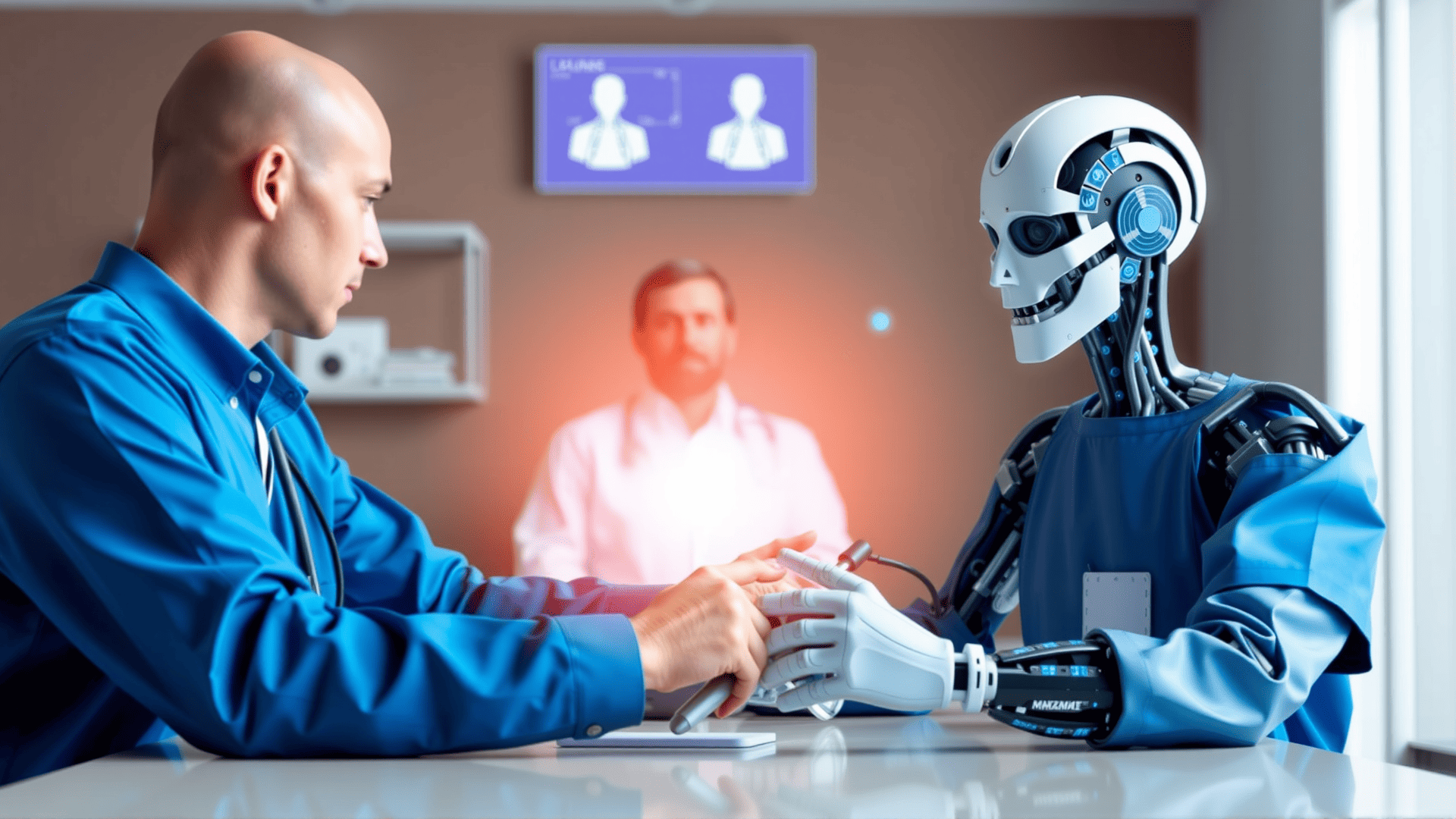Table of Contents
In an era characterized by rapid technological advancements, healthcare providers are increasingly turning to innovative solutions to improve patient care. One such innovation is Remote Patient Monitoring (RPM), a groundbreaking approach that leverages technology to track patient health outside traditional clinical settings. This article explores why Remote Patient Monitoring is a game-changer for healthcare providers, examining its benefits for transformative potential in modern healthcare.
Understanding Remote Patient Monitoring
Remote Patient Monitoring(RPM) involves the use of digital technologies to collect and transmit health data from patients to their healthcare providers in real-time. RPM solutions typically include wearable devices, mobile applications, and home monitoring systems that track vital signs such as heart rate, blood pressure, glucose levels, and even medication adherence. This data is communicated wirelessly to healthcare providers, enabling them to respond swiftly to any changes in a patient’s condition.
Benefits of Remote Patient Monitoring
Remote Patient Monitoring presents a myriad of advantages for healthcare providers and patients alike. The following highlights some of the most critical benefits:
1. Enhanced Patient Engagement
Remote Patient Monitoring fosters a more engaged patient population. By giving patients access to real-time data about their health, RPM empowers them to take charge of their well-being. Patients can monitor their conditions, see progress toward health goals, and make informed decisions alongside their healthcare providers.
2. Improved Chronic Disease Management
For patients managing chronic conditions such as diabetes, heart disease, or hypertension, Remote Patient Monitoring is invaluable. Continuous tracking allows for timely interventions and adjustments to treatment plans, reducing complications and hospitalizations. This proactive approach enhances health outcomes and significantly improves quality of life.
3. Increased Access to Care
RPM extends healthcare access to patients who may face barriers to traditional care, such as those living in rural areas or individuals with mobility challenges. Without the need for in-person visits, providers can monitor patients remotely, ensuring they receive timely and appropriate care regardless of location.
4. Reduced Healthcare Costs
By enabling early detection of potential health issues and reducing the need for unnecessary hospital admissions, Remote Patient Monitoring can lead to significant cost savings for both healthcare providers and patients. Effective chronic disease management translates to lower healthcare costs and fewer missed workdays for patients, creating a win-win scenario.
5. Streamlined Clinical Workflows
Remote Patient Monitoring can optimize clinical workflows by automating data collection and analysis. Healthcare providers can identify trends, make informed decisions quickly, and reduce the time spent on administrative tasks. This efficiency allows providers to allocate more time and resources to patient care.
6. Personalized and Tailored Care
With the wealth of real-time data collected through Remote Patient Monitoring, healthcare providers can deliver more personalized treatment plans based on the specific needs and conditions of their patients. This approach ensures that interventions are tailored, enhancing their effectiveness and fostering better patient-provider relationships.
7. Enhanced Communication
Remote Patient Monitoring fosters ongoing communication between patients and healthcare providers. The ability to send messages, receive alerts, and check in on patients continuously enhances the collaborative nature of healthcare. This interaction helps build trust and rapport, ultimately improving adherence to treatment plans.
Conclusion
Remote Patient Monitoring is redefining the healthcare landscape, offering healthcare providers innovative solutions to enhance patient care, improve health outcomes, and optimize resources. By leveraging technology to monitor patients in real-time, providers can engage patients more effectively, manage chronic diseases seamlessly, and reduce healthcare costs. As RPM continues to evolve, its transformative impact on healthcare delivery will likely pave the way for a more connected and patient-centric approach to care.
Healthcare providers who embrace Remote Patient Monitoring today will not only enhance their practice but will also contribute to a healthier future for their patients.





